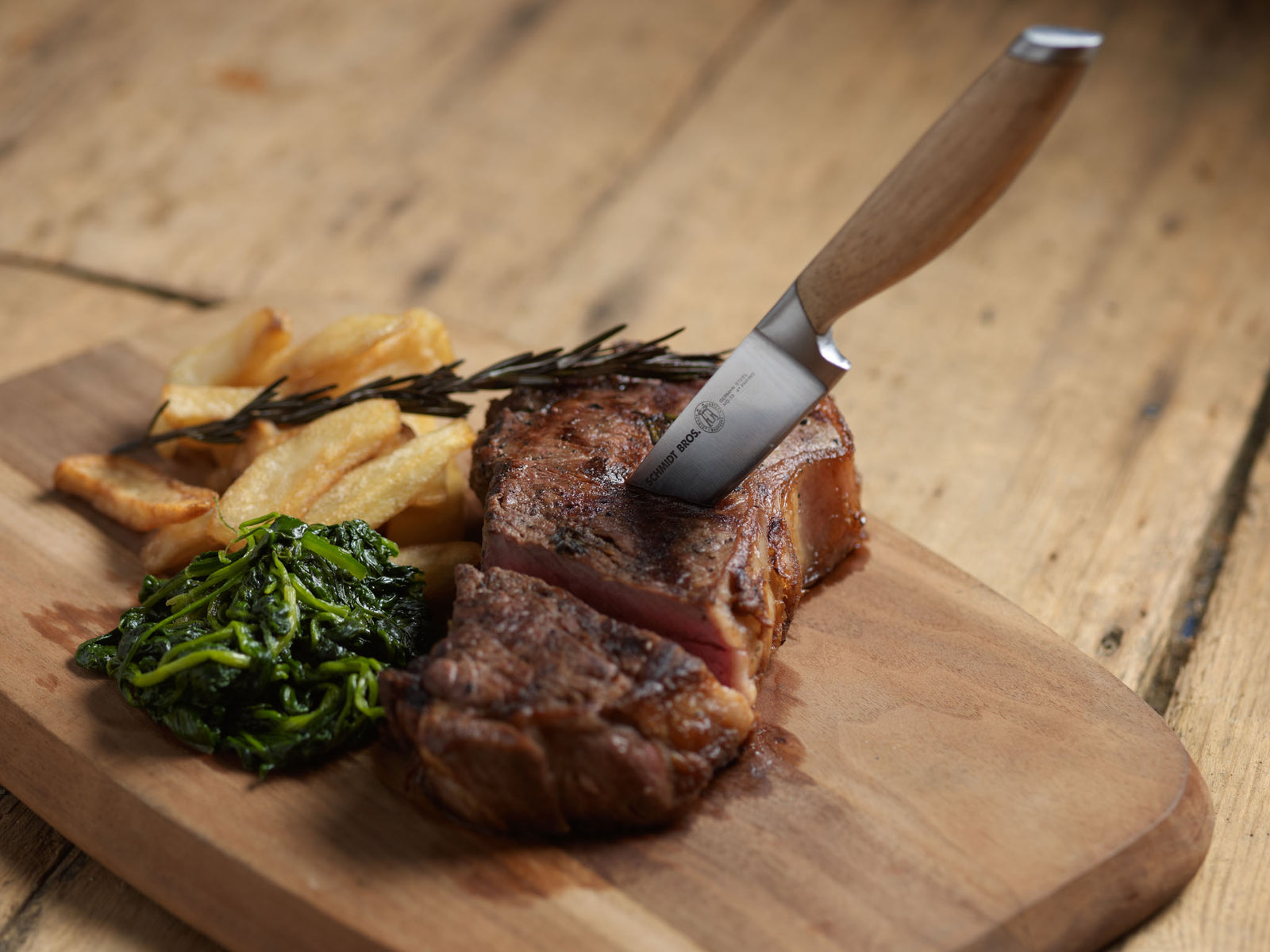For professional chefs, maintaining tools in prime condition is crucialnot just for efficiency, but also for safety. Among the essential tools in any kitchen, the knife stands out, seeing daily use and significantly impacting the quality of culinary creations. So, a burning question arises: how frequently should chefs hone their knives to ensure they perform at their best?
In this article, we will explore knife honing techniques, clarify how honing differs from sharpening, and provide transformative insights on why regular honing can drastically improve your kitchen workflow. Whether youre an experienced chef or a budding kitchen enthusiast, this topic is one you simply cant afford to overlook.

What Exactly Is Honing and Why Is It Essential for Chefs?
Before we delve into frequency, lets first clarify what honing is. Many people mistakenly equate honing with sharpening, but these are fundamentally different processes. Honing doesnt remove material from the blade; it realigns the edge instead. Conversely, sharpening grinds away metal to create a new edge. Honing preserves a knife's original sharpness by correcting the burrs and micro-alignments that occur during regular use.
Chefs understand that even a slightly misaligned edge can complicate tasks, decrease accuracy, and raise the chances of accidents. By honing, your knife remains straight, precise, and a joy to work with.
Why Honing Is Endorsed by Renowned Chefs
Knife honing is an endorsed practice among culinary professionals around the globe. Its standard in many kitchens because it keeps knives functioning like new for an extended period. Neglecting to hone your knives can lead to dullness, necessitating more aggressive sharpening sessions that can reduce their overall lifespan.
How Frequently Should Chefs Hone Their Knives?
Now, lets tackle the main question. According to industry experts, chefs should hone their knives **daily** or at the very least, before each significant cooking session. This practice ensures the blade is always in optimal condition, allowing for seamless cutting through ingredients.
For home cooks who use their knives less often, honing 1-2 times a week may suffice. The right frequency depends on factors like blade type, specific tasks, and the quality of the steel.
The Surprising Consequences of Not Honing Regularly
Ignoring the honing process can result in ongoing deterioration. Over time, a misaligned edge will require more frequent sharpening, which removes metal from the blade and shortens its life. Moreover, dull knives make cutting more laborious and increase the likelihood of slips and accidents.
The Science Behind Knife Honing
Although knife honing may seem straightforward, it requires precision and technique. The science of honing involves using the appropriate honing steel or rod to gently guide and realign the blades edge. Maintaining the correct angleusually between 15 and 20 degrees for most kitchen knivesis critical for effective honing.
Professional chefs recommend sticking to a consistent method and practice to yield exceptional results. Failures in technique or angle can damage the edge rather than align it.
Expert Tips for Selecting a Honing Tool
- Always choose a honing rod that matches the type of steel used in your knife; harder steels may require ceramic rods for optimal results.
- Ensure the honing rod is longer than the knife's blade for safer and more efficient honing.
- Invest in a high-quality rod that offers durability and consistent results.
Perfecting the Honing Technique
If you're uncertain about how to hone your knife, you can refer to comprehensive guides such as this Shun care guide. Remember, honing is about moving the knife along the steel with precision and care.
Heres a quick step-by-step guide:
- Hold the honing rod vertically, pressing the tip onto a stable surface like a cutting board.
- Angle the knife at 15-20 degrees against the steel.
- Make smooth, controlled strokes, sliding the blade from heel to tip.
- Alternate sides with each stroke, repeating this 6-8 times per side.
Honing Frequencies Based on Knife Types
Not all knives demand the same honing frequency. For example:
- Japanese knives: Generally made from harder steel, requiring less frequent honing but precision in technique.
- Western knives: More forgiving, these can be honed daily due to their softer steel composition.
- Specialty knives: Items like cleavers may only need occasional honing due to less frequent use.
FAQs
Can honing replace sharpening?
No, honing and sharpening are two complementary processes. Honing maintains the knifes edge, while sharpening creates an entirely new edge. Both practices are vital for proper knife care.
What materials are honing rods made from?
Honing rods can be crafted from steel, ceramic, or diamond-coated materials, each offering unique benefits depending on your knife type.
How can I tell if my knife needs honing?
If you notice less precision in your cuts and find yourself applying more pressure, its time to hone your knife. A simple paper test can also helpif the blade struggles to cut through paper cleanly, its time for honing.

Conclusion
How frequently should chefs hone their knives? The answer is straightforward: as often as possible! For professionals, daily honing keeps blades in peak condition, minimizes the need for sharpening, and ensures safer, more enjoyable cooking experiences. With the right tools and techniques, honing can significantly extend your knives' longevity and enhance your kitchen efficiency.
For additional insights, check out this knife care guide. Happy honing!
This article contains affiliate links. We may earn a commission at no extra cost to you.


























